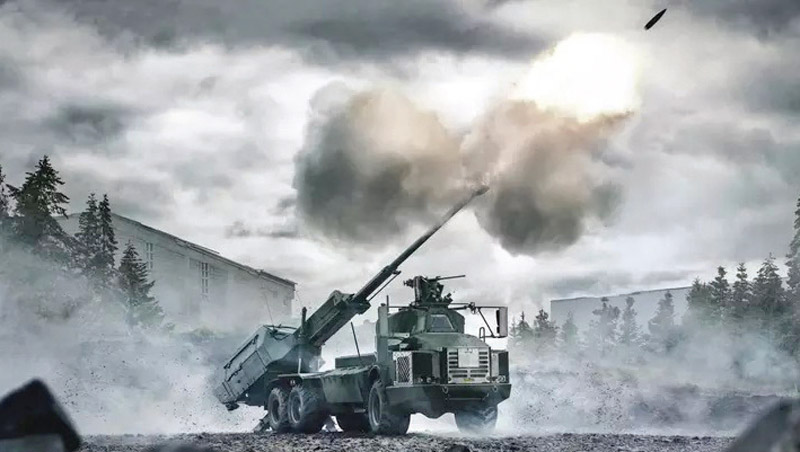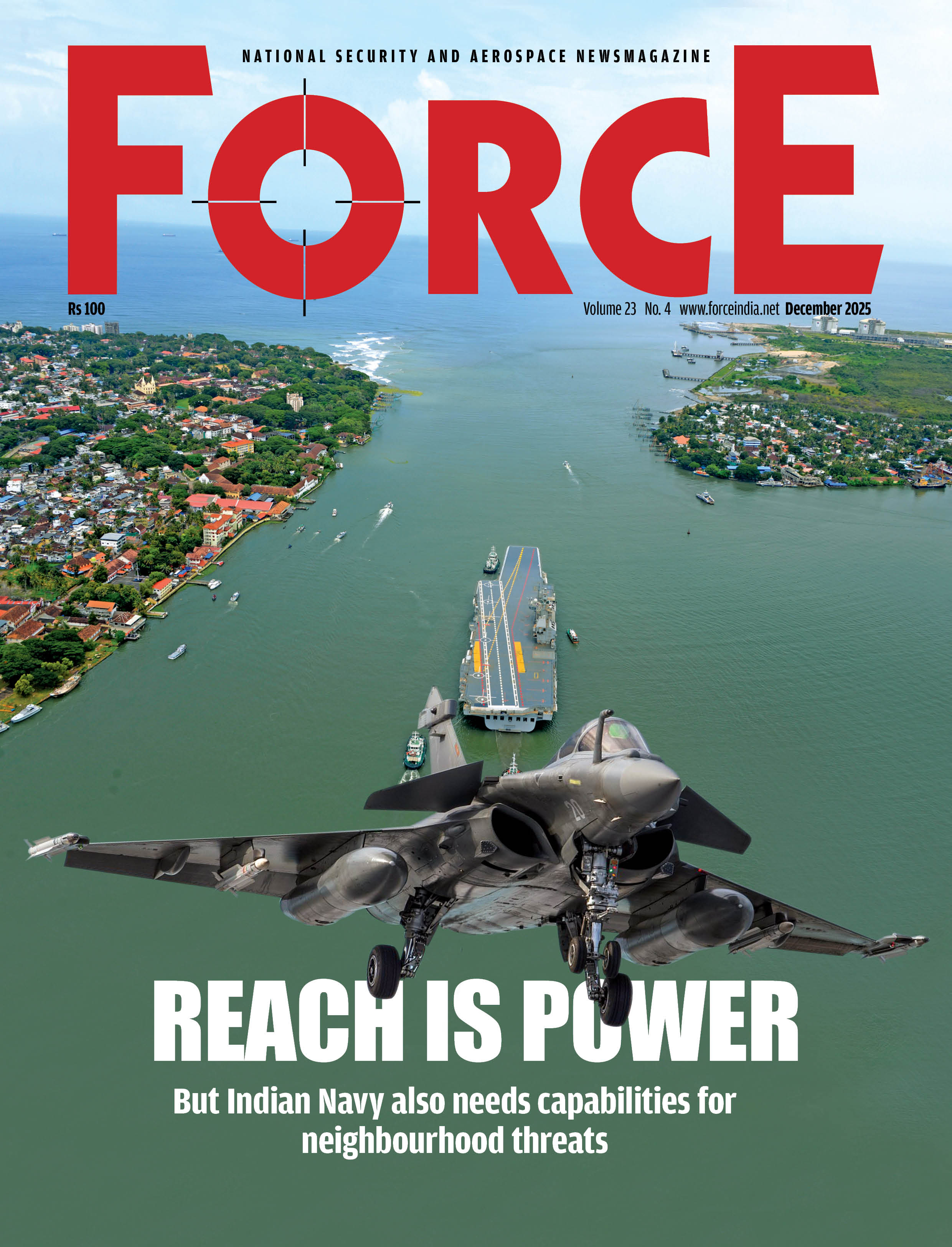Targeted Approach
Atul Chandra
The Indian Army needs to hasten its acquisition of greater numbers of 155 mm Global Positioning System (GPS)-guided artillery shells. The army is now in the unenviable position of not only having to rapidly modernise its holdings of high-calibre artillery systems, but also to stock up on large quantities of precision guided artillery shells. GPS-guided artillery shells, which are also known as Terminally Guided Munitions (TGM), will be a vital battlefield differentiator for any future conflict in the Himalayas, where the ability to undertake precision strikes is key.

The Indian Army is no stranger to precision guided artillery shells, having first inducted the Russian Krasnopol 155 mm laser-guided munition between 1999 and 2002. Media reports have indicated that the army acquired nearly 3,000 Krasnopol rounds. The cost of 1,000 Krasnopol rounds is thought to have been approximately Rs 140 crore, over two decades ago.
Historically, ballistic artillery rounds have been only accurate to approximately 300 meters. In the mountainous terrain of the Himalayas, the undulating terrain and masking effects of hill features require near direct hits to take out the target. The use of GPS-guided precision weapons on the battlefield can ensure near perfect accuracy while reducing the risk of collateral damage. The accuracy of these precision munitions also reduces the number of rounds required to defeat targets. The army is also likely to opt for Precision Guidance Kits (PGK), whi
Subscribe To Force
Fuel Fearless Journalism with Your Yearly Subscription
SUBSCRIBE NOW
We don’t tell you how to do your job…
But we put the environment in which you do your job in perspective, so that when you step out you do so with the complete picture.







